Frogs, creatures of astounding diversity and adaptability, inhabit nearly every corner of our planet. According to a study published in the journal Nature, there are over 7,000 recognized species of these amphibians, each possessing unique traits and survival mechanisms. Key to their survival is their arsenal of defense strategies, a fascinating blend of physical, behavioral, and chemical tactics that shield them from predators.
If one were to ask, “What are the defense mechanisms of frogs?” the answer wouldn’t be a simple one. These mechanisms range from visual trickery and deceptive behaviors, like puffing up their bodies or pretending to be dead, to deploying an array of potent toxins. In more extreme cases, such as with the wood frog, they can even freeze their bodies solid to endure harsh winters, a phenomenon researched extensively in the Journal of Experimental Biology.
In this article, we will embark on an exploration of the elaborate defense systems of frogs, with an emphasis on both the commonplace and the unusual. We’ll unmask their strategic behaviors, delve into their chemical warfare tactics, and showcase case studies that exemplify their defense prowess. In unraveling these defenses, we not only gain insights into the survival tactics of these remarkable creatures, but also further our understanding of the intricate tapestry of life.
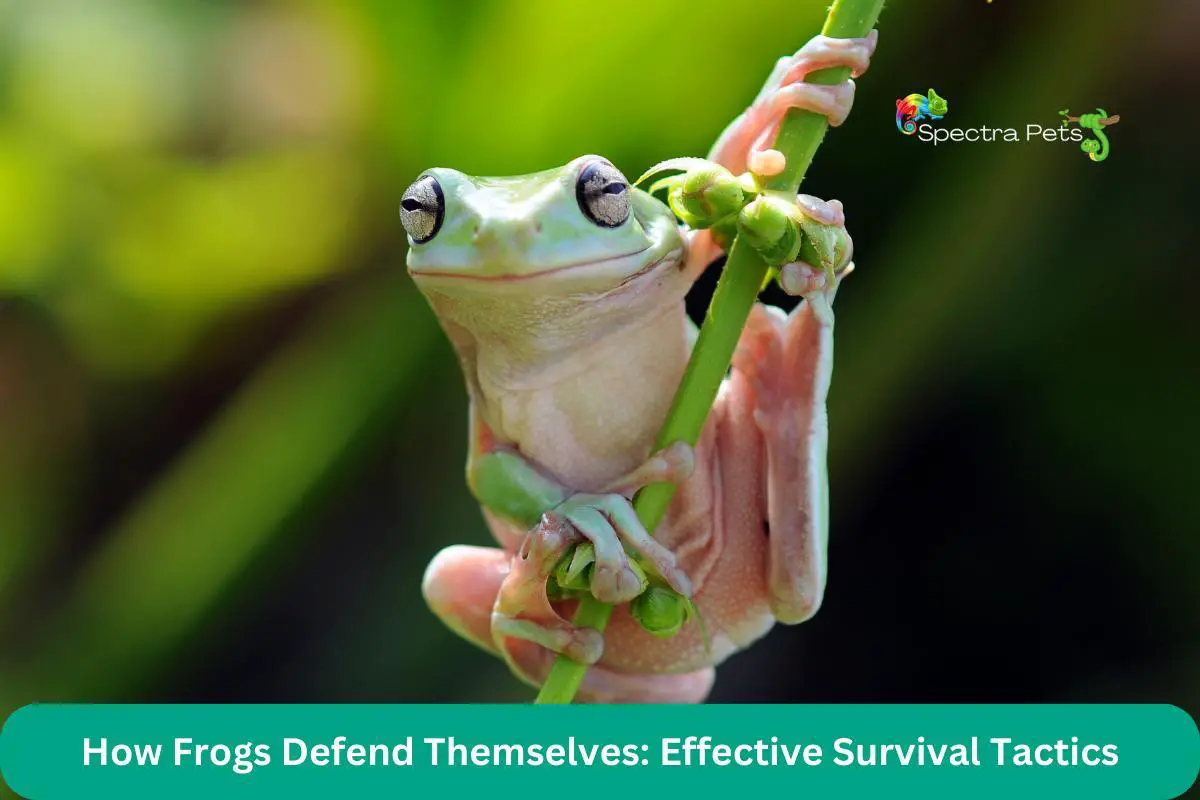
Basic Frog Defense Mechanisms
Frogs and toads have a variety of impressive defense mechanisms to protect themselves from predators. In this section, you will learn about the basic strategies that frogs employ to stay safe in the wild.
Camouflage and Protective Coloration
One of the most effective ways for frogs to protect themselves is through camouflage. Many frog species have evolved skin colors and patterns that blend seamlessly with their surroundings. This makes it difficult for predators to spot them, giving them a chance to avoid detection and escape danger.
In some cases, frogs also have the ability to change their coloration to better match their environment, providing even more effective concealment.
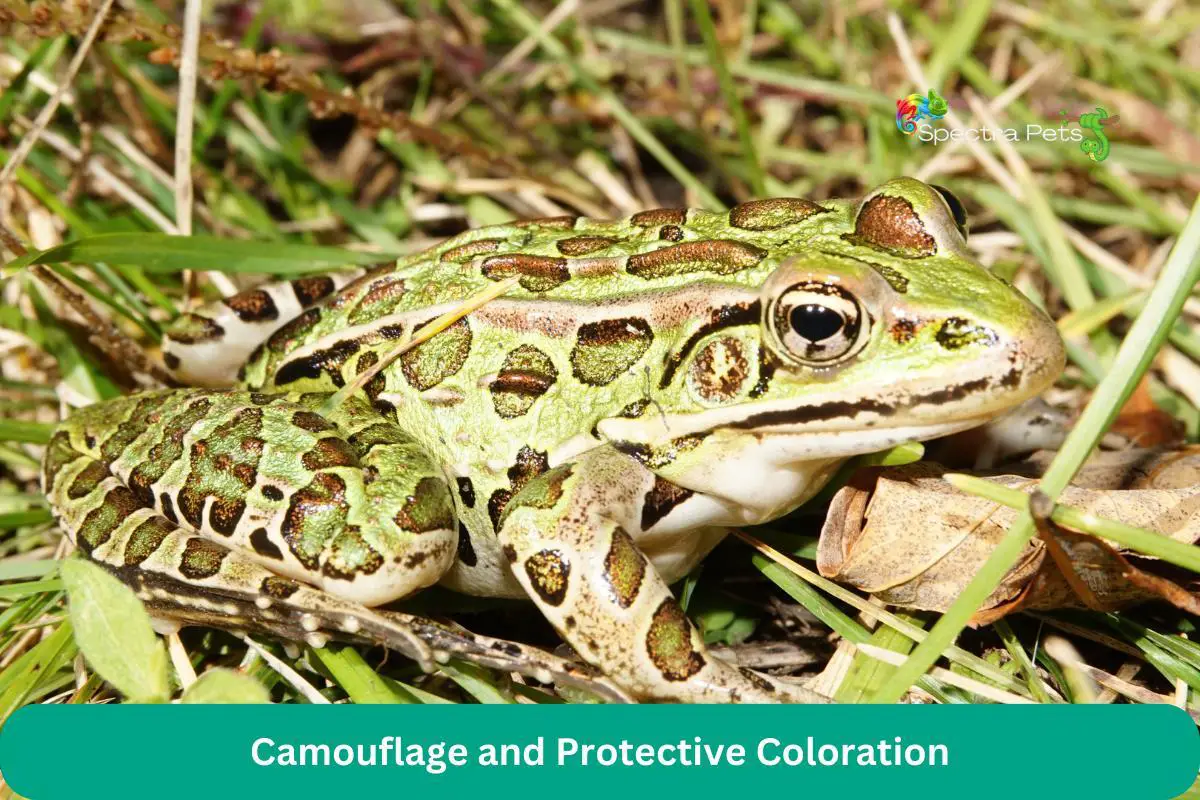
Aposematism and Warning Coloration
Frogs can also use their coloration as a defense mechanism by displaying bold, contrasting colors to warn potential predators of their toxicity. This phenomenon is known as aposematism.
Bright colors like red, yellow, and orange serve as warning signs to predators that the frog is toxic or unpalatable. This discourages them from attempting to eat the frog and provides a significant protective advantage for the frog.
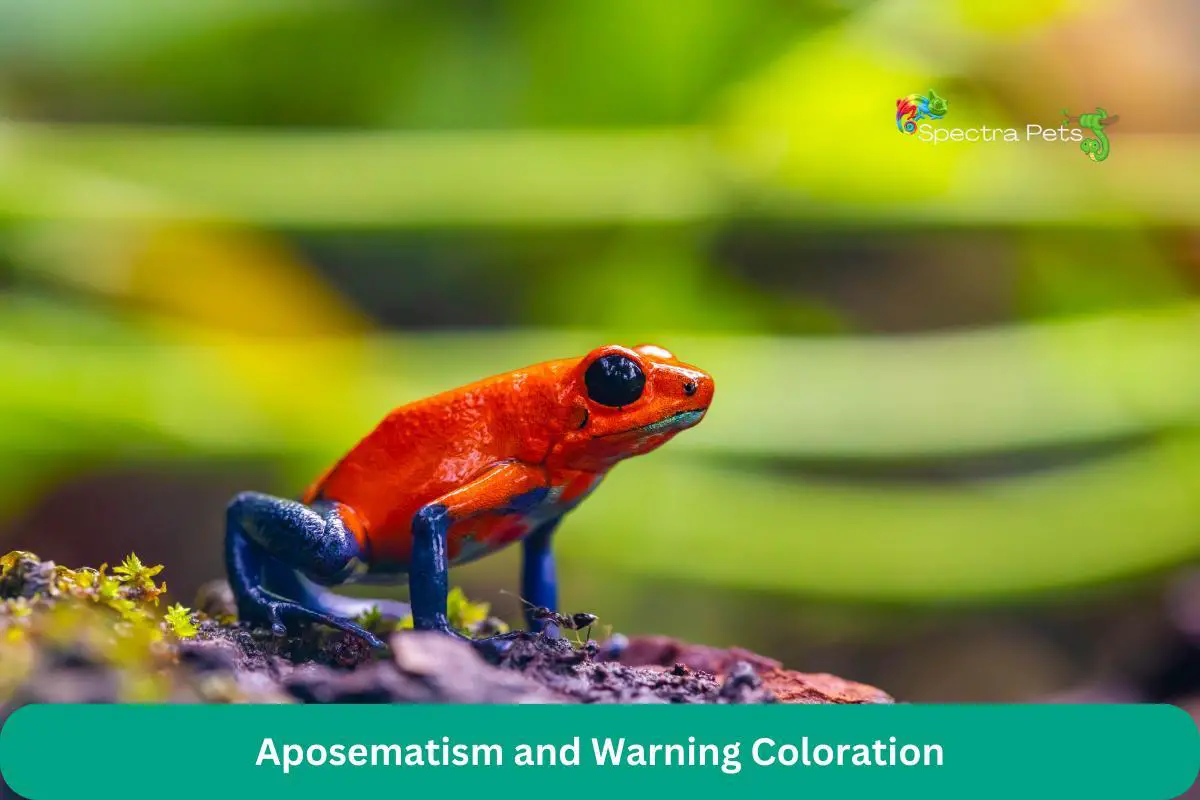
Playing Dead and Mimicry
Another clever defense mechanism frogs use is playing dead, also known as “death feigning.” When threatened, some frogs will go limp, flip onto their backs, and remain motionless, giving the appearance of being dead. This behavior might discourage predators from attacking them, as most predators prefer to hunt live prey.
Mimicry is another form of deception that frogs use to protect themselves. Some harmless frog species have evolved to resemble toxic species in appearance, which can deter potential predators. This is called Batesian mimicry. By mimicking the toxic species, the harmless frog benefits from the avoidance behavior of predators without actually possessing any toxins or other defense mechanisms.
By using these various defense mechanisms, frogs increase their chances of survival in the wild, despite being relatively small and vulnerable creatures.
Anatomy and Physiology of Frog Defense
Frogs have developed various defense mechanisms to protect themselves from predators. In this section, we’ll focus on toxic skin secretions and glands, jumping and swimming abilities, and body structure adaptations that aid in their defense.
Toxic Skin Secretions and Glands
Toxins present in some frogs’ skin secretions and glands serve as a crucial defense strategy. When predators come into contact with a frog’s toxic skin, they experience irritation or even severe reactions, which deter them from pursuing their prey any further. In some cases, the substances secreted by a frog’s skin can be foul-smelling or taste bitter, further discouraging predators. While not all frogs possess strong toxic secretions, even mild toxins can still provide a valuable layer of protection.
Jumping and Swimming Abilities
Frogs are well-known for their impressive jumping and swimming abilities, which allow them to evade danger quickly and effectively. Their powerful legs enable them to make rapid and high jumps to escape predators. Furthermore, the webbing between their toes helps them swim swiftly through the water, making it harder for predators to follow. These physical adaptations grant frogs a significant advantage when it comes to escaping harm.
Read Also:
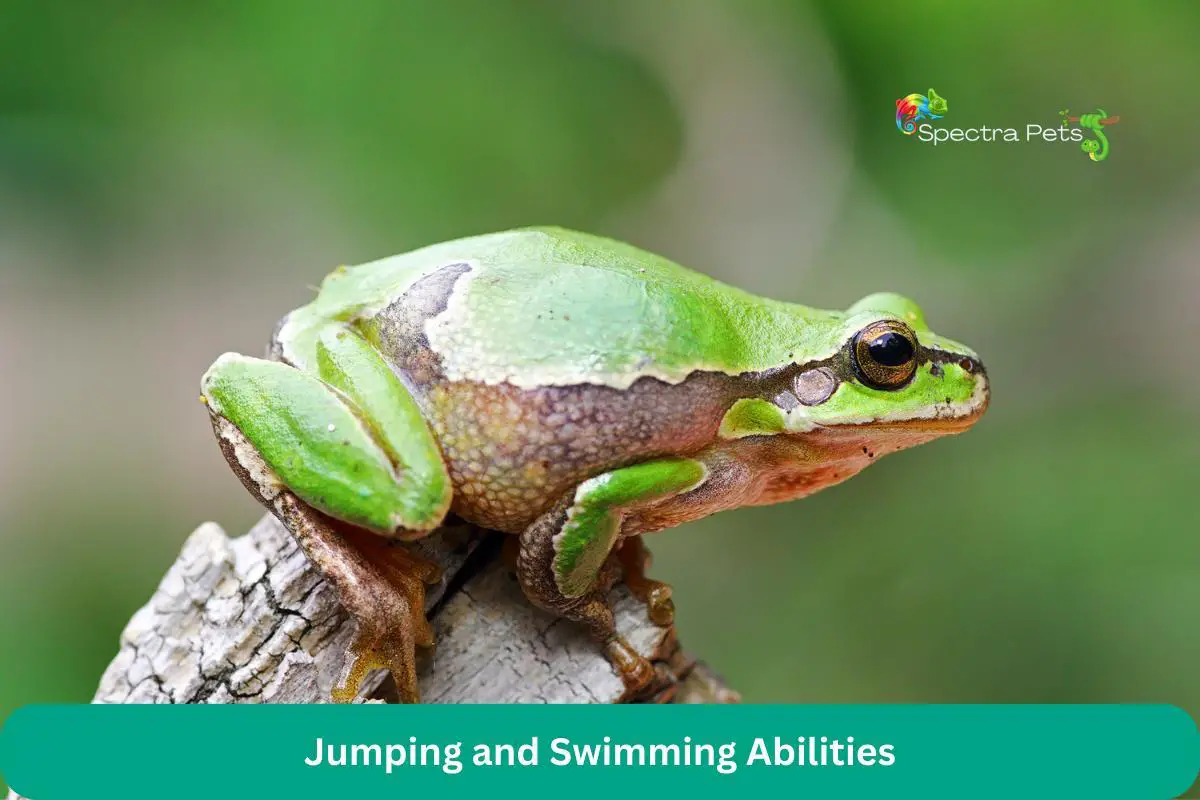
Body Structure and Adaptations: Tailoring Physical Defense
Frogs have evolved various body structures and adaptations that aid them in their defense:
- Camouflage: Many frogs have developed colors and patterns on their skin to blend in with their environment. This helps them remain hidden from predators, who may have difficulty detecting them among foliage, rocks, or aquatic environments.
- Puffing up: When threatened, some frogs inflate their bodies, making them appear larger than they actually are. This can intimidate predators, giving the frog a chance to escape.
- Threat displays: For brightly colored frogs, such as poison dart frogs, the vivid colors on their skin function as a warning to predators of their toxicity. This deters predators from attacking, as they recognize the potential danger.
By effectively using their anatomy and physiology, frogs are able to defend themselves against various threats in their natural habitats.
Types of Defensive Behaviors
Let’s explore the individual strategies that make up this defensive symphony, starting with the distinctive sounds frogs make when they sense danger.
Vocalization and Screaming
In order to protect themselves, frogs often use their vocal sacks to create loud and distressing calls. These vocalizations can startle or deter predators, giving the frog a chance to escape. For example, when you see a frog that’s being threatened, you may hear it scream loudly or emit warning calls. These warning calls can potentially scare off or confuse their attacker, buying some time for the frog to make its escape.
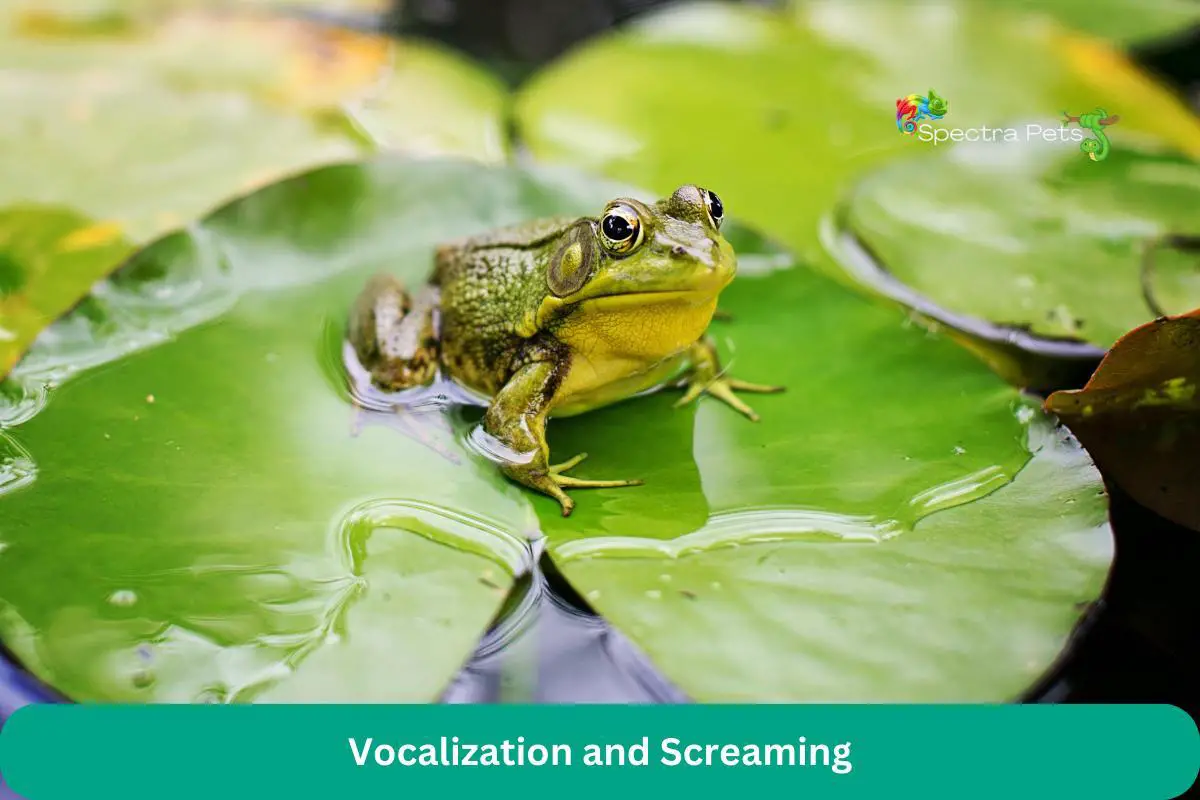
Puffing Up and Intimidation
Another defensive technique that frogs employ is puffing up their bodies. By inflating their bodies and making themselves appear larger, they can intimidate potential predators. This tactic can be particularly effective when combined with other features like brightly colored skin or toxin secretion. As a frog puffs up, it may also display its vocal sacks prominently to further enhance its size and intimidate predators. In many cases, this is enough to deter attackers, allowing the frog to continue on its way unharmed.
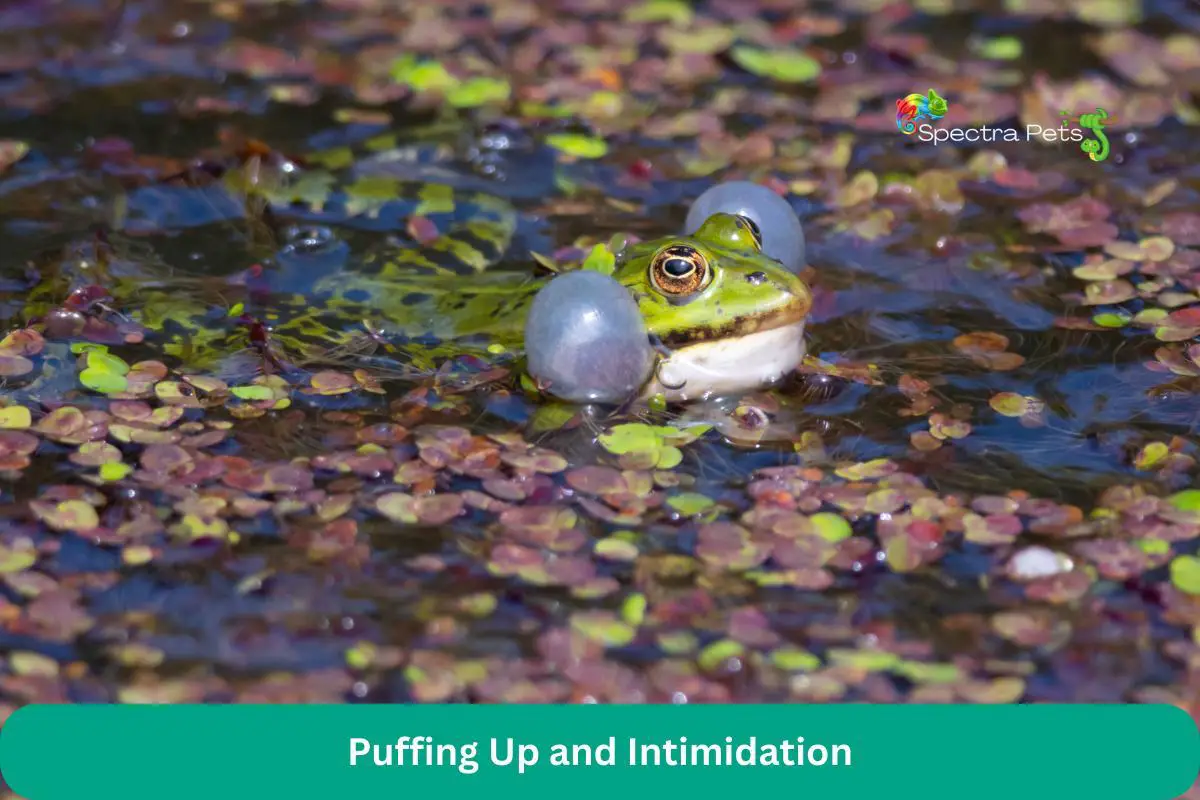
Nocturnal Lifestyle: Embracing Darkness for Safety
Frogs have adapted to a nocturnal lifestyle as a means of avoiding predators. By being active during the night, they can take advantage of the cover of darkness to hide from threats. The darkness helps reduce their visibility, making it difficult for predators to spot and catch them. Additionally, since many predators are diurnal, a nocturnal lifestyle allows frogs to avoid their primary threats altogether. As you observe frogs, you’ll notice that they are most active during the night, coming out to hunt and mate under the safety of darkness.
Related Article: Are African Dwarf Frogs Nocturnal?
Habitual Positioning: Mastering Sheltering and Hiding
Frogs are masters of hiding and blending in with their surroundings. They utilize their camouflage abilities to hide from predators by adjusting the color of their skin to match their environment. This makes it difficult for predators to locate them, enabling frogs to wait for prey to come to them or to rest safely during the day.
When threatened, frogs may use a combination of hiding and swimming away to evade danger. They are adept at finding shelter, utilizing their surroundings to create the perfect hiding spot. This may include burrowing in mud, taking refuge in plants, or hiding under rocks. Using these tactics, frogs can often escape detection and continue to survive in a world full of threats.
Different Species of Frogs and Their Defense Strategies
Navigating the rich tapestry of frog species reveals a plethora of survival strategies, each meticulously crafted by evolution. These range from the lethal toxins of the vibrant Poison Dart Frogs to the stealthy camouflage of the Tree Frogs. Each species, in its unique way, offers a masterclass in survival, underscoring the remarkable adaptability of these amphibians. So, let’s embark on this fascinating journey, exploring the myriad ways frogs have evolved to protect themselves.
Poison Dart Frogs and Their Toxicity
Poison dart frogs are known for their vibrant colors and potent toxicity. Their skin contains a poison called batrachotoxin, which is used as a defense mechanism against predators. The bright colors of the poison dart frog serve as a warning sign to predators that they are not safe to eat. When handling these fascinating creatures, be cautious as their poison can be harmful or even lethal to humans.
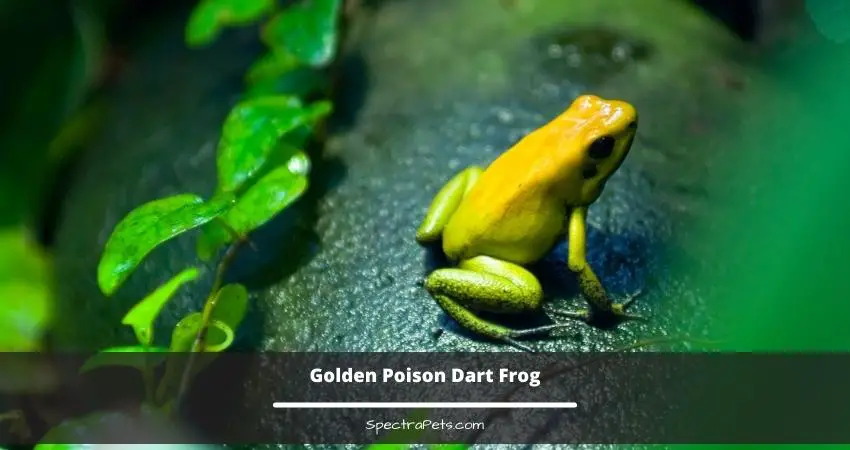
Tree Frogs and Camouflage
Tree frogs, as their name suggests, dwell in trees and utilize their environment to blend in seamlessly. These species often display remarkable camouflage abilities, using a combination of colors, textures, and patterns to mimic their surroundings. This effective disguise enables them to evade predators while simultaneously hunting for prey. Some examples include the glass frog, which has transparent skin, and the red-eyed tree frog, known for its striking green and red coloration.
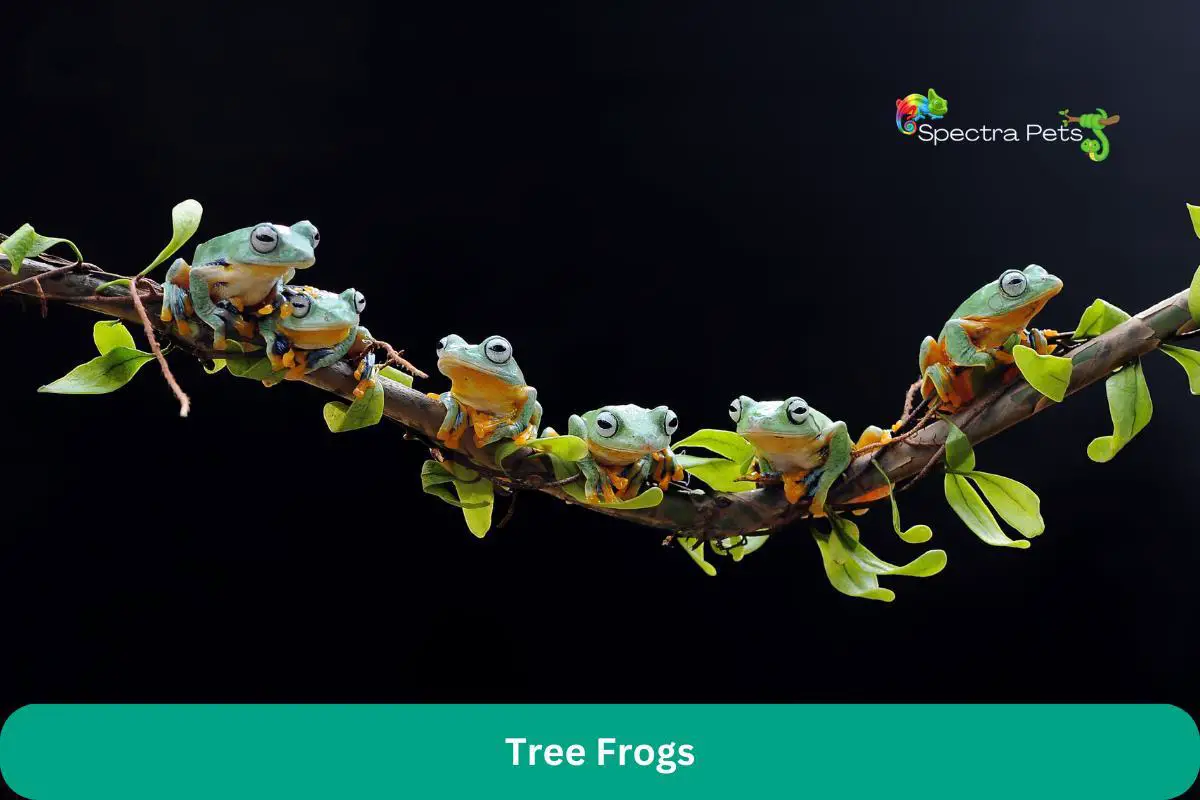
Wood Frogs: Surviving through Cryoprotection
Wood frogs employ a unique method of self-protection: cryoprotection. During the winter months, these frogs can endure freezing temperatures by producing a special compound in their blood, which acts as a natural antifreeze. This ability enables them to survive harsh climates, even when ice crystals begin to form in their body tissues. Once the weather warms up, they thaw and come back to life, virtually unscathed.

Toads and Their Distinct Defenses
Toads, while closely related to frogs, possess some distinct defensive mechanisms. One of their key features is the parotoid glands, which produce a foul-tasting, toxic secretion that deters predators. Toads also rely on their robust, warty skin to ward off predators, using its rough texture and earthy colors for added camouflage. The leopard frog, a species of the true frog family, employs a similar strategy, but has smoother, more spotted skin.
Horror Frog and Retractable Claws
The horror frog, also known as the hairy frog or wolverine frog, boasts an unusual and formidable defense tactic: retractable claws. When threatened, this species of frog can force sharp bone fragments through their skin, creating formidable claws. These claws act as effective weapons against potential predators and can cause significant injury. Once the threat has passed, the frog will retract the claws, and its body will heal the punctured skin.

By understanding the various defense strategies employed by different species of frogs, you can gain a deeper appreciation for their unique adaptations and survival tactics.
Predators and Threats to Frogs
Frogs face various predators and threats in their natural environment. Understanding these dangers is crucial in appreciating the various defense mechanisms frogs have evolved to protect themselves.
Predators: Frogs’ primary predators include birds, fish, mammals, and reptiles. Birds often hunt frogs from above, swooping down to snatch them with their beaks. Fish may catch frogs as they swim or rest near bodies of water. Mammals, including raccoons and foxes, prey on frogs as a source of nourishment. Reptiles, such as snakes, can also pose a significant threat to frogs.
Humans: Frogs are also negatively impacted by human activities. Habitat destruction, pollution, and collection for the pet trade are major threats to many frog species. Additionally, climate change, caused by human actions, alters their habitats and makes it harder for them to survive.
Frogs have faced challenges from predators, humans, and environmental changes for millions of years. By developing various defense mechanisms, they have adapted to survive against the myriad of threats they encounter in their ecosystems. As you learn more about these fascinating creatures, it’s essential to appreciate their resilience and the valuable role they play in maintaining biodiversity.
Environmental Factors and Frog Defense
In various environments such as land, air, water, rainforests, and vegetation, frogs have developed unique defensive mechanisms to protect themselves from predators and adapt to their surroundings.
In the land environment, you’ll find that many frogs use their well-built anatomy to jump, leap or climb to escape from threats. Their strong hind legs allow them to make quick and long-distance jumps, often catching predators off guard. Additionally, some tree-dwelling frogs are able to climb vegetation to prevent capture by staying out of reach.
In the water, frogs can display a range of protective behaviors. They are able to dive, swim quickly, and even hide at the bottom of the water to avoid predators. Their agile bodies and strong limbs make them excellent swimmers, enabling them to evade threats effectively.
As far as the air is concerned, while frogs are not known for their aerial acrobatics, some species possess webbed feet that work as parachutes, helping them glide or make controlled descents from trees in the rainforests.
In rainforest settings, frogs benefit from the dense vegetation that provides ample hiding places and the opportunity to blend in with their surroundings. Many frogs exhibit remarkable camouflage abilities that allow them to avoid detection by predators, such as blending in with leaves or bark.
Vegetation also plays a crucial role in frog defense. Frogs use plant life both as hiding spots and as protection, ensuring they are not easily spotted or caught. Some frogs can even change their skin color to better blend in with their environment.
When it comes to hiding, frogs have developed numerous strategies to escape detection. They are known to burrow into soil, hide in crevices, or seek refuge in water to avoid predators. Their natural coloration and markings contribute to their ability to hide effectively, making it difficult for potential predators to locate them.
Lastly, some frogs are skilled climbers. They use their strong limbs and adhesive toe pads to scale trees, walls, or other vertical surfaces, making it difficult for predators to reach them. This climbing ability gives them access to safe hiding spots and enables them to avoid potentially dangerous confrontations with predators.
In summary, frogs have evolved various defense mechanisms to protect themselves against predators in different environments. By understanding their surroundings and utilizing their natural abilities, such as hiding, climbing, and adapting their body features to their environment, frogs can effectively defend themselves and thrive in diverse habitats.
Frequently Asked Questions
What Are The Common Defense Mechanisms Of Frogs?
Frogs are known to defend themselves in various ways. Some common mechanisms include puffing up their bodies to appear larger, using camouflage to blend in with their surroundings, and employing their well-built anatomy to jump, leap, or swim away from predators.
How Do Frogs Use Their Skin Secretions For Protection?
Some frogs produce toxic skin secretions that can repel predators. This toxin can cause irritation, pain, or even paralysis in potential attackers. When a predator tries to bite or eat a toxic frog, they are deterred by the unpleasant taste and effects of the secretion.
Which Body Parts Aid Frogs In Warding Off Predators?
Frogs have specialized body parts that can help them escape predators. For instance, their strong hind legs allow them to jump and leap away from danger. They also have teeth, like the Pac-man frog’s vomerine and maxillary teeth, which can deliver a painful bite when threatened.
What Are Some Behavioral Adaptations Frogs Use For Self-Defense?
Behavioral adaptations for self-defense in frogs include playing dead, surprising predators with sudden movements, and even screaming. Additionally, frogs like the tree frog can protrude and enlarge their eyes, which may startle and deter potential predators.
How Do Warning Colors Play A Role In Frog Defense Strategies?
Some frog species exhibit vibrant warning colors, such as bright red, orange, or yellow, which signal to potential predators that they may be toxic or unpalatable. This strategy, known as aposematism, helps reduce the chances of an attack by acting as a visual deterrent.
Do Frogs Have Any Unique Survival Techniques Against Predators?
Yes, frogs have some unique survival techniques. One such example is urinating when they are stressed, afraid, or trying to fend off a predator. This unexpected reaction can startle the predator and buy the frog some time to escape.
Conclusion
Well, folks, that’s a wrap on our deep dive into the fascinating world of frog defense strategies. These remarkable creatures show us that size ain’t everything – with a dash of cunning, a pinch of chemical warfare, and a hefty dose of sheer tenacity, even the tiniest critter can stand its ground in the face of danger.
Their defense mechanisms have much to teach us – about resilience, adaptability, and the relentless march of evolution. As we strive to conserve these remarkable species and the biodiversity they contribute to, let’s not forget the lessons they offer. After all, in the grand theatre of life, every creature, no matter how small, has a role to play.
